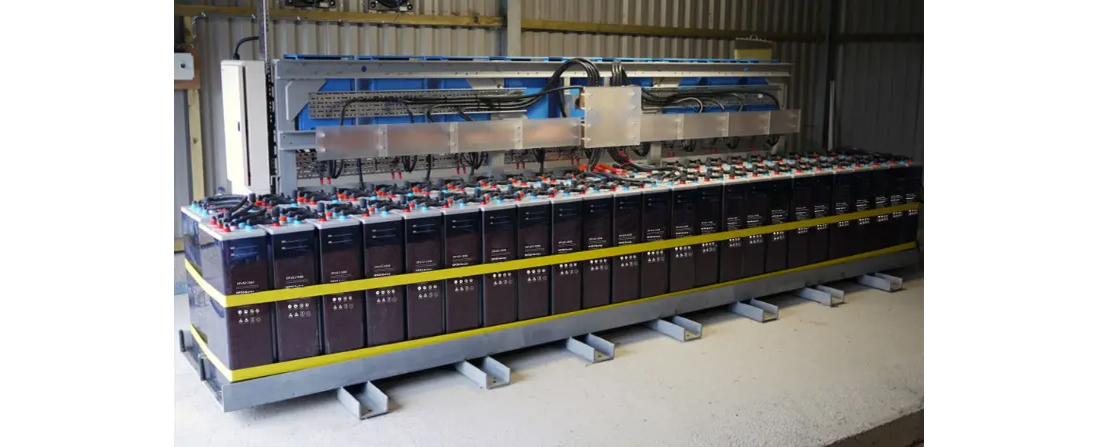At present, the most widely used high-power power supply in a high-efficiency battery is lead-acid batteries, in the process of using lead-acid batteries, due to a variety of reasons lead to short-circuit, which in turn affects the use of the entire battery. So how to prevent and deal with the lead-acid battery short circuit?
Regular charging and discharging. Reduce the charging current and charging voltage, and check whether the safety valve body is smooth. Take 12V battery as an example, if the open-circuit voltage is greater than 12.5V, then it means that the battery storage capacity is still more than 80%, if the open-circuit voltage is less than 12.5V, then it needs to be charged immediately.
In addition, the open-circuit voltage is less than 12V, indicating that the battery storage capacity is less than 20%, the battery can no longer continue to use. Because the battery is in a short-circuit state, its short-circuit current can reach hundreds of amperes. If the short-circuit contact is more solid, then the short-circuit current will be greater, all the connection part will produce a lot of heat, in the weak link heat will be greater, will melt the connection, and thus the short-circuit phenomenon. Local battery is likely to produce explosive gases, or explosive gases collected during charging, in the connection of fusion will produce sparks, which will lead to battery explosion; if the battery short circuit time is relatively short or the current is not particularly large, although it may not trigger the connection of fusion phenomenon, but the short-circuit or overheating phenomenon, will be connected to the strip around the binder is damaged, there are Leakage and other potential safety hazards.
Post time: Jul-12-2023





